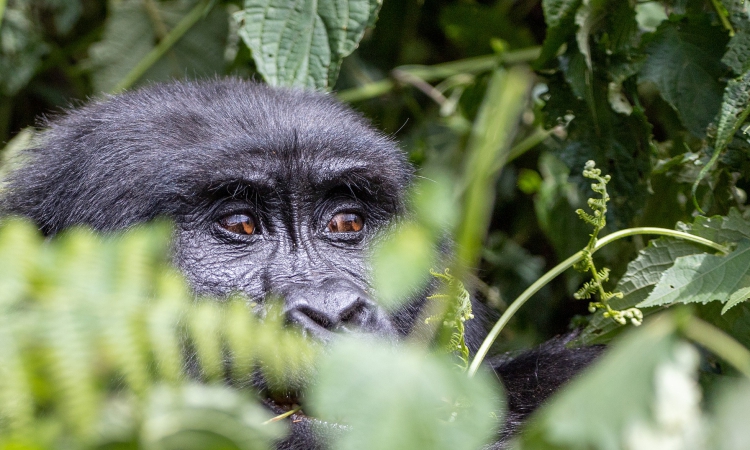The Cyanika border links Uganda and Rwanda, serving as an important point that allows travelers and traders from one country to access the other.
It is strategically located in Kisoro District, home to Uganda’s two gorilla national parks (Mgahinga National Park and Bwindi Impenetrable National Park) on the Ugandan side, and Burera District on the Rwandan side.
Burera District in Rwanda is also home to the great twin lakes of Burera and Ruhondo. Burera town is close to Volcanoes National Park, making it possible for travelers to experience double gorilla trekking in both Rwanda and Uganda.
The Cyanika border plays a significant role in the tourism industries of both Uganda and Rwanda, as it serves as a key crossing point for tourists from both countries on their safaris.
While the Katuna border accommodates more commercial trucks, the Cyanika border is preferred by tourists.

It is especially convenient for those visiting the Rushaga gorilla sector in the southern part of Bwindi Impenetrable National Park, one of the most popular gorilla trekking regions in Uganda.
Crossing the Cyanika border is relatively easy if you have the correct documents, including a traveler’s passport for identification.
East African citizens only need to present a valid national identification card, and a valid visa is required for entry and stay in a particular country.
Travelers planning to visit more than one East African country for tourism purposes can obtain an East African tourist visa, which simplifies travel across the region.
Acquiring separate visas for each country can be expensive, so the East African visa offers a more cost-effective solution.
You can obtain a visa at any of the airports or at the border post upon arrival. In addition to a valid visa and passport, you may be asked about your reasons for visiting or the person you are visiting.
After verification, your passport will be stamped, allowing you to proceed.
The Cyanika border opens in the morning on the Ugandan side, and at 5 a.m. on the Rwandan side.
Therefore, if you plan to go gorilla trekking from Kigali to Bwindi, you should aim to travel around this time, as the Cyanika border is not open 24/7 like the Katuna border.
Traveling from Cyanika border to Mgahinga National Park or Bwindi Impenetrable National Park is very easy from Kigali, Rwanda.
Due to the long distances from Entebbe and Kampala to Bwindi and Mgahinga, many travelers now fly into Kigali International Airport in Rwanda and then transfer to Uganda through the Cyanika border for gorilla trekking, before returning to Kigali for their departure.
Bwindi Impenetrable National Park is only a 3-hour drive from Kigali Airport, compared to the 8-9 hours from Entebbe or Kampala.
Many travelers prefer to visit Uganda despite arriving in Kigali for several reasons, including the lower cost of mountain gorilla permits in Uganda, the diversity and uniqueness of Uganda’s tourist activities that complement gorilla trekking (such as activities on the River Nile, the longest river in the world), and the convenience of the Cyanika border, which provides easy and quick access to Uganda’s tourist attractions.
In Conclusion, The Cyanika border is a vital link connecting Uganda and Rwanda.
Its strategic location allows travelers to access Uganda’s mountain gorilla parks (Bwindi Impenetrable National Park and Mgahinga National Park) without having to travel long distances, thus enhancing Uganda’s tourism appeal.










